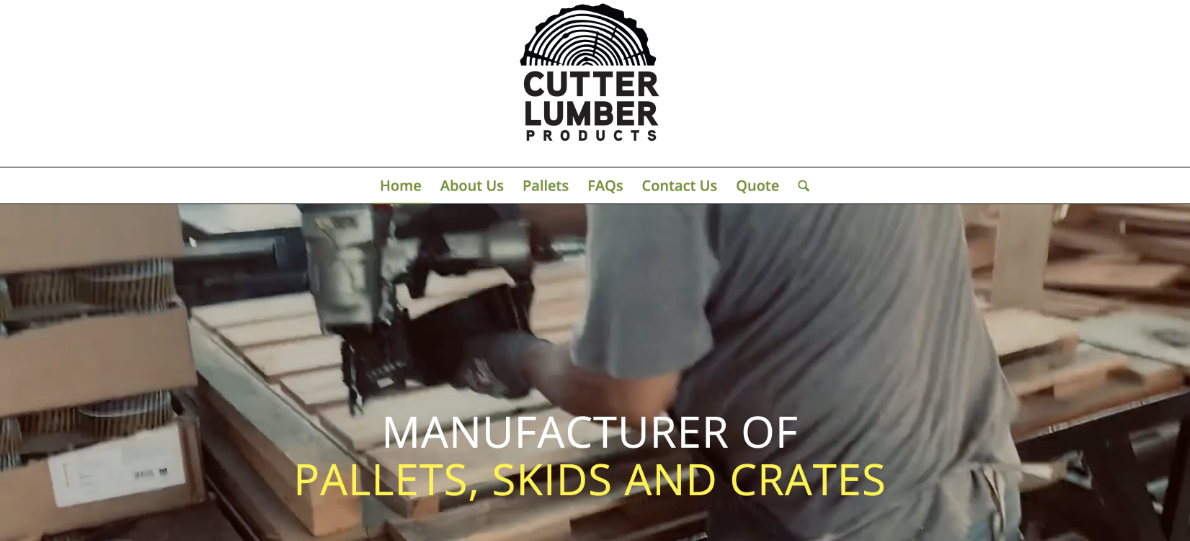Understanding Heat Treated Pallets: Benefits, Process & Compliance

Heat treated pallets play a vital role in international shipping and logistics, ensuring that wood packaging materials meet global phytosanitary standards while offering durability and environmental advantages. In this article, we’ll explore what heat treated pallets are, how the treatment process works, and why they are essential for modern supply chains.
What Are Heat Treated Pallets?
Heat treated (HT) pallets are wooden pallets that have undergone a specific heat treatment process to eliminate pests, insects, and diseases that may reside within the wood. This treatment is required by the International Standards for Phytosanitary Measures No. 15 (ISPM 15), which was developed to prevent the spread of harmful organisms via global trade.
The Heat Treatment Process
The heat treatment process involves exposing the wood to a minimum core temperature of 56°C (132.8°F) for at least 30 minutes. This is typically done in a specialized kiln or heat chamber. The goal is to ensure that any pests, larvae, or pathogens in the wood are neutralized without the use of chemicals.
Once treated, pallets are stamped with an HT mark, which includes:
-
The IPPC (International Plant Protection Convention) logo
-
A two-letter country code
-
A unique treatment facility registration number
-
The treatment code (HT for heat treated)
This stamp confirms the pallet's compliance with ISPM 15.
Benefits of Heat Treated Pallets
-
ISPM 15 Compliance
HT pallets are mandatory for exporting goods to many countries. Without proper treatment and marking, shipments may be delayed, rejected, or destroyed at borders. -
Eco-Friendly Alternative to Chemicals
Unlike methyl bromide fumigation (MB), heat treatment does not introduce toxic chemicals into the environment or the wood, making it a more sustainable option. -
Enhanced Durability & Safety
The heat treatment process removes moisture from the wood, reducing the risk of mold growth, decay, and infestations—thus extending the life of the pallet. -
Versatility
HT pallets are suitable for use in industries such as pharmaceuticals, food & beverage, and electronics where cleanliness and hygiene are paramount.
Applications of Heat Treated Pallets
-
Export Packaging: Compliant with global shipping regulations.
-
Food & Pharmaceutical Industries: Ideal due to their clean, pest-free condition.
-
Storage Solutions: Less prone to fungal growth and degradation in warehouses.
Conclusion
Heat treated pallets are more than just a regulatory requirement—they are an integral component of safe, efficient, and sustainable shipping practices. Businesses that rely on wooden pallets for international trade must ensure their pallets are properly heat treated and marked to meet global standards. In doing so, they protect their products, their reputation, and the environment.
- Art
- Causes
- Crafts
- Dance
- Drinks
- Film
- Fitness
- Food
- Games
- Gardening
- Health
- Home
- Literature
- Music
- Networking
- Other
- Party
- Religion
- Shopping
- Sports
- Theater
- Wellness


